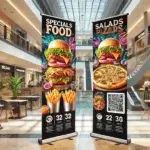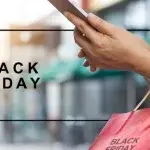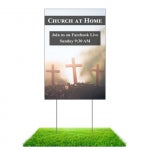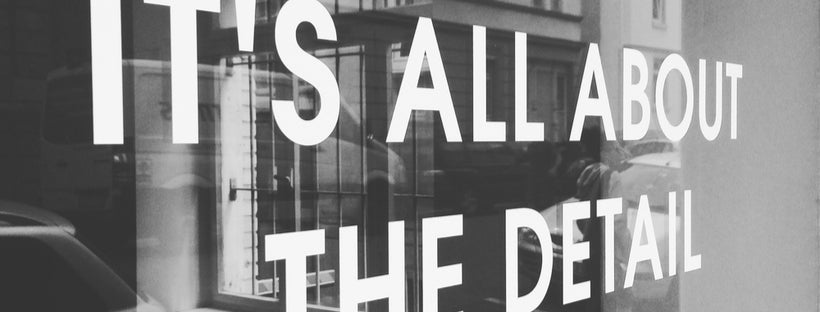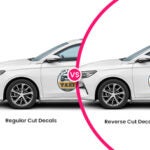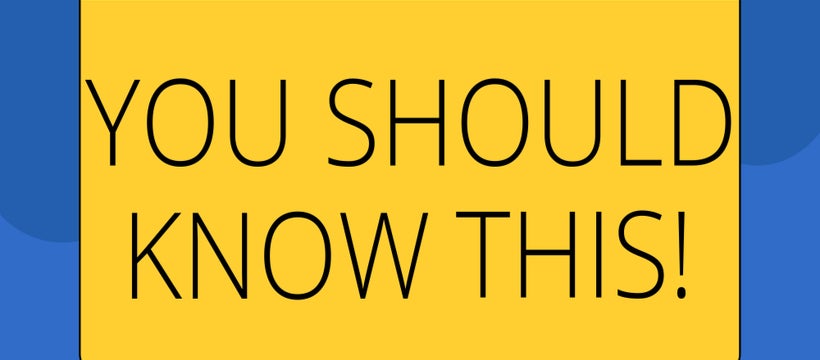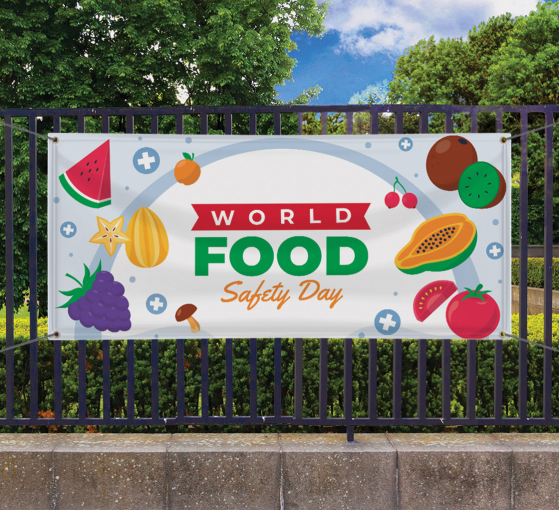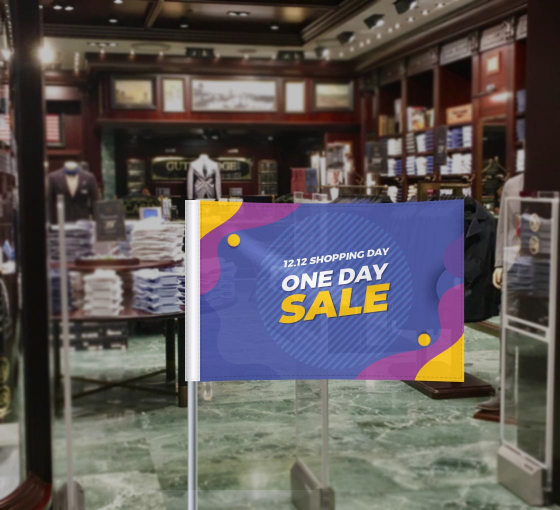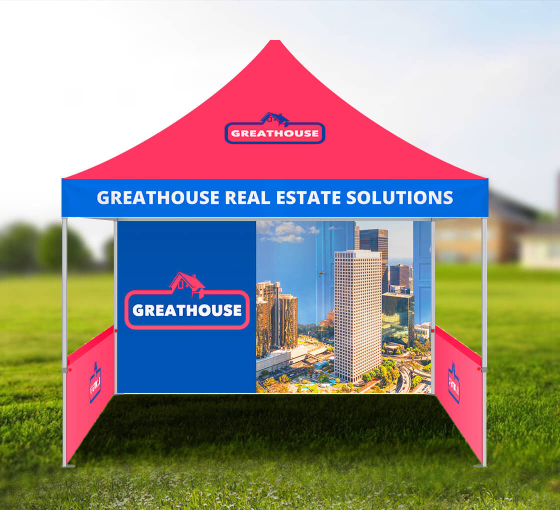In today’s eCommerce landscape, “customization” and “personalization” are terms thrown around frequently, often interchangeably. But for businesses aiming to stand out, especially in the signage and display industry, knowing the difference between these two can make a major impact. For example, Best of Signs provides options for custom signs and personalized banners—but each serves a unique role in how customers interact with their products.
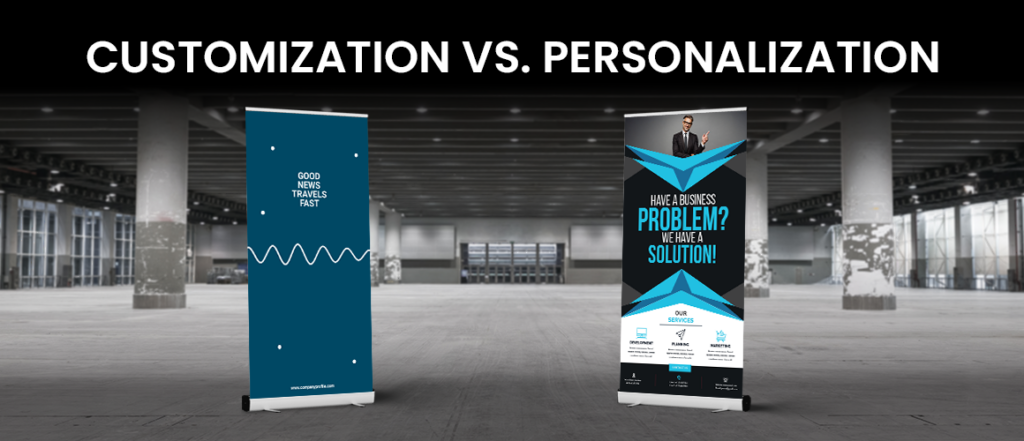
Customization is about giving customers the freedom to choose product specifications like size, shape, and color from a set of options provided by the business. In contrast, personalization lets customers add unique elements, like uploading images or inputting specific text and fonts, to create a design that’s entirely their own. Here’s a breakdown of customization vs personalization in eCommerce and why it matters for businesses looking to create impactful, customer-centric products.
What’s the Difference Between Customization and Personalization?
Customization is Provided to You
Customization involves allowing customers to choose from preset options. For instance, a user might pick the size, shape, and color of a custom flag or custom backdrop. This process is often done upfront on websites like Best of Signs, where customers can see a list of configurable options, such as banner dimensions, materials, and base styles.
Customization helps customers tailor products to their needs without creating entirely unique designs. It’s particularly useful in situations where customers need flexibility within a product line but don’t want the hassle of designing from scratch. Examples include selecting the size of pop-up banners or the base design for custom signs.
Customization Examples:
- Selecting the shape and size of a custom banner.
- Choosing a base style for custom flags.
- Deciding on the background color of a personalized table cover.
Personalization is What You Ask for
Personalization, on the other hand, goes deeper into individual expression. It allows customers to add their own images, specific text, and fonts to create a product that truly represents their unique vision or brand message. This level of customization often requires an intuitive platform where customers can upload images or input custom information, making their product entirely one-of-a-kind.
On sites like Best of Signs, personalization is seen when customers add their company logo, campaign slogan, or specific graphics to custom signs or personalized banners. Unlike customization, which uses set options, personalization allows customers to bring in unique elements that reflect their personal or business identity.
Personalization Examples:
- Uploading a company logo or campaign image onto a personalized banner.
- Adding specific messaging, fonts, and colors to a custom backdrop.
- Creating event-specific text for custom flags or custom table covers.
Why Customization Matters for Businesses
Customization allows businesses to offer flexibility within structured limits, which is beneficial for streamlining production while giving customers some creative control. This is particularly relevant in eCommerce, where offering a variety of choices upfront without the need for extensive design resources can help attract customers.
For instance, businesses that offer custom banners with size and material options allow users to create tailored products for specific events without deviating from the core design options. Customization simplifies decision-making for customers and offers a tailored product within set parameters.
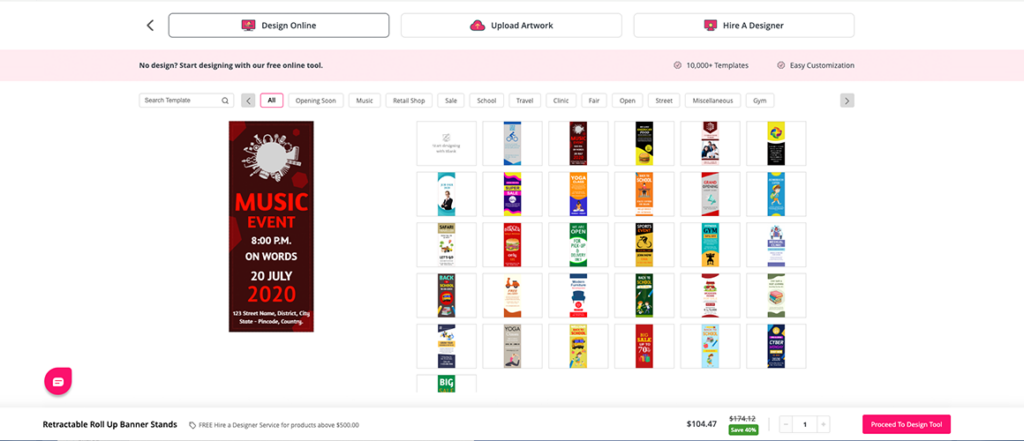
Key Benefits of Customization:
- Ease of Production: Standardized options simplify production.
- Customer Satisfaction: Allows users to choose the options that best suit their needs.
- Efficient Experience: Customers can tailor products without extensive design effort.
How Personalization Impacts Customer Experience
Personalization goes further by empowering customers to make products truly their own. By allowing unique details like brand logos, event-specific messaging, and custom fonts, personalization caters to customers looking for individual expression. The ability to create personalized banners or custom signs with a personal touch enhances engagement, as customers feel that the product aligns with their identity or brand.
In eCommerce, businesses that offer personalization often see better customer loyalty and higher perceived product value. For instance, a personalized table cover with a custom logo for an expo booth doesn’t just serve as a display—it reinforces brand identity in a way that’s memorable.
Key Benefits of Personalization:
- Unique Identity: Customers feel a stronger connection to products that reflect their brand.
- Enhanced Engagement: Personalized experiences keep customers coming back.
- Higher Perceived Value: Personalized products often have a premium appeal.
Customization vs. Personalization in eCommerce: Practical Applications
Understanding how to customize vs personalize products is essential for any business aiming to provide high-quality, engaging products. Here’s how these two approaches play out in real-world examples on Best of Signs:
- Custom Flags: Customers choose sizes and colors through customization options. If they wish, they can personalize further by adding a unique logo or text.
- Step and Repeat Banners: Customers can pick dimensions or add custom text, but they may also upload event-specific graphics for personalization.
- Personalized Table Covers: Customers can choose a background color and then add a specific design, company logo, or slogan for a tailored touch.
Each of these examples shows how combining customization with personalization can create a product that’s both functional and deeply connected to the customer’s purpose.
How to Implement Customization and Personalization in Your Business
For businesses in eCommerce, implementing customization and personalization successfully requires both strategic planning and a clear platform for customers. Here’s how to effectively apply both approaches:
- Define Your Product Options: Start with customization basics—sizes, colours, and materials. This provides structure, making it easy for customers to choose specifications.
- Create a User-Friendly Design Interface: Personalization needs an intuitive platform where customers can upload images, input text, and see a live preview. Investing in a design tool can significantly enhance the customer experience.
- Gather Customer Data for Personalization: Use data insights to recommend personalized options to returning customers. For example, suggest banner sizes they’ve ordered before or design styles based on their preferences.
- Balance Choice with Simplicity: Too many options can overwhelm. Limit customization to core elements (size, shape, etc.), and allow personalization for logos, text, and image uploads.
- Optimize for Mobile: Many customers prefer shopping from their phones. Ensure your personalization platform is mobile-friendly so customers can easily upload logos and input text from any device.
Customization vs. Personalization: A Comparison Table
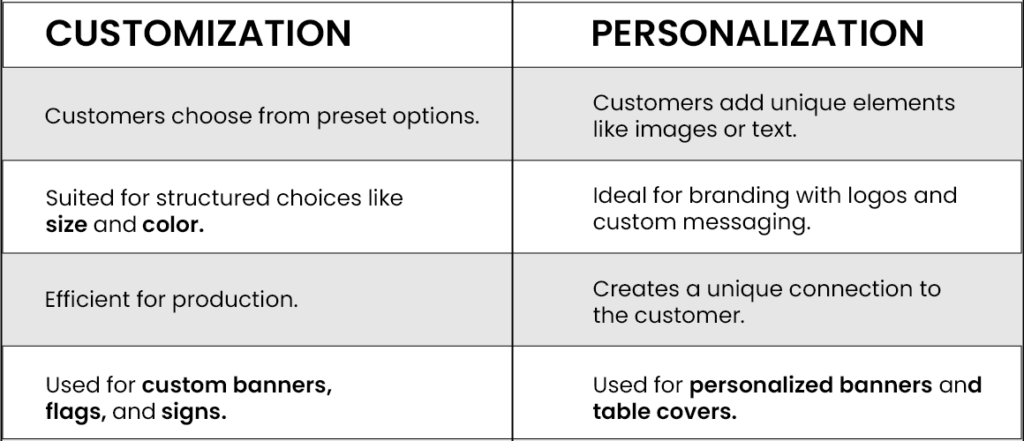
In Short, Why Customization and Personalization Matter for Your Business
For businesses looking to create meaningful customer interactions, the difference between customization and personalization is crucial. Customization offers structured options that let customers adjust products to meet their needs, while personalization allows for a unique, brand-specific touch. By blending both approaches, businesses can enhance customer satisfaction, create memorable brand experiences, and improve customer retention.
So, whether you’re offering custom flags, personalized table covers, or custom backdrops, understanding when to customize and when to personalize will set your business apart. Embrace both, and you’ll not only stand out but make a lasting impression on every customer interaction.
Frequently Asked Question
Q. What is the difference between customization and personalization in eCommerce?
A. Customization provides customers with preset options, like selecting a product’s size or color. Personalization goes a step further by allowing customers to add unique elements, like logos or specific text, creating a product tailored to their individual preferences.
Q. How does customization work on websites like Best of Signs?
A. Best of Signs allows customers to customize products by choosing from preset options, such as dimensions, colors, and material choices. This approach lets customers tailor products within structured options, making it easier to select specifications that suit their needs.
Q. Why is personalization important for customer engagement?
A. Personalization creates a deeper connection with customers by allowing them to add unique touches like brand logos or specific messages, making the product feel truly their own. This unique identity fosters stronger customer loyalty and enhances brand value.
Q. Can I combine customization and personalization on a single product?
A. Yes, combining both is often possible and beneficial. For instance, you can select a banner’s size (customization) and then upload your company’s logo or event message (personalization), resulting in a product that is both functional and uniquely yours.
Q. How does offering customization benefit eCommerce businesses?
A. Customization helps streamline production and simplifies decision-making for customers by offering standardized options. It provides flexibility without the need for extensive design efforts, improving customer satisfaction and operational efficiency.
Q. What tools do I need to implement personalization effectively on my website?
A. A user-friendly design platform that allows customers to upload images, input text, and see live previews can significantly enhance the personalization experience. Ensuring that the platform is mobile-friendly can also boost accessibility and convenience for customers.
Q. How does customization differ from personalization in terms of production efficiency?
A. Customization, with its preset options, is generally more efficient for production as it relies on standardized choices. Personalization, however, involves more unique inputs, such as custom graphics or messages, which can add complexity to the production process.
Q. Which approach, customization or personalization, is better for customer retention?
A. Both can enhance customer retention in different ways. Customization provides satisfaction by allowing choices, while personalization deepens engagement, as customers feel a personal connection with products that reflect their unique identity or brand.
Written By Best of Signs Editorial Team.

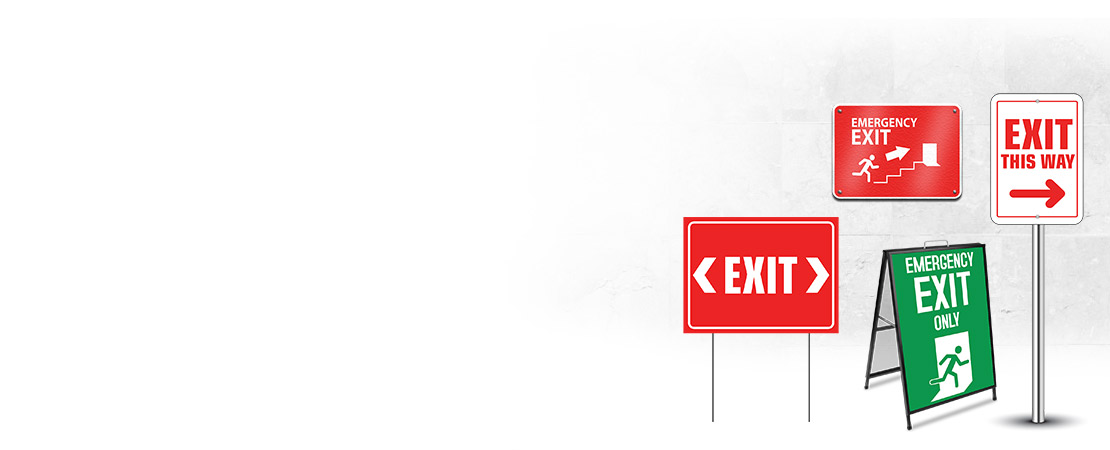





































 Posted in
Posted in 